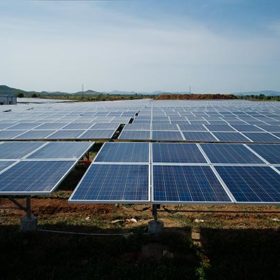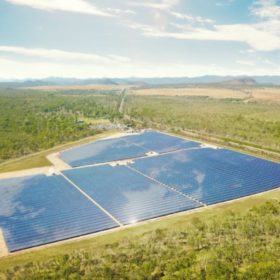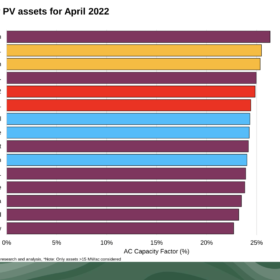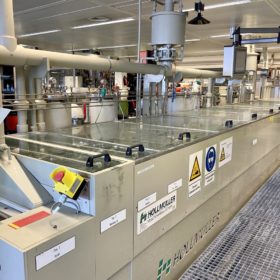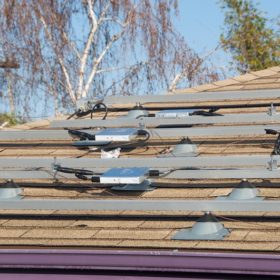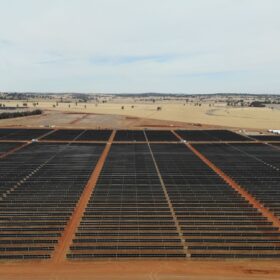Canadian Solar plans to ramp up production capacity
Having warned of in-house solar wafer and cell capacity as recently as the third quarter of 2021, the company has announced it will be adding even more production lines this year.
$150 million loan scheme delivers 20MW rooftop solar rollout
A $150 million loan scheme introduced by the Australian Capital Territory government has sparked an uptake of rooftop solar in Canberra with more than 20MW of new solar PV rolled out across roofs in the nation’s capital.
New Zealand unveils multibillion-dollar climate plan, comes under attack for ‘staggering’ omission
New Zealand’s government this week unveiled its plan to cut emissions and fund the clean energy transition, featuring policies like a ‘scrap and replace’ scheme to incentivise electric vehicles and funding for electrifying industry. The NZ$2.9 billion (AU$2.6 billion) plan has received mixed reviews, with Greenpeace saying it has overlooked the country’s most glaring problem.
Tata Power secures 300 MW solar project from Indian government
Tata Power Solar has secured an engineering, procurement and construction contract for a 300 MW solar project under India’s Central Public Sector Undertaking scheme. The project, awarded by state-owned hydropower producer NHPC, will be located in the Indian state of Rajasthan.
MPower accelerates renewables strategy with Lakeland acquisition
Australian renewable energy developer MPower has boosted its solar PV and energy storage portfolio, announcing it has finalised an $8 million transaction which will see it purchase the Lakeland Solar & Energy Storage Project in far north Queensland.
Oil supermajor to reportedly become lead developer in WA solar and hydrogen megaproject
Oil and gas giant BP is reportedly set to take a 30% stake in the 26 GW Asian Renewable Energy Hub project proposed for Western Australia’s north coast.
April’s top performing solar farms
The best performing large-scale PV asset in Australia this month was Genex Power’s Kidston solar farm in Queensland, according to Rystad analyst Dave Dixon, who noted total generation from solar and wind assets in Australia grew 23% compared to April 2021.
US government announces $4.4 billion of funding for battery manufacturing, processing, recycling
US$3.1 billion (AU$4.4 billion) is available to increase production of American-made batteries, with a separate US$60 million (AU$85 million) to support second-life applications for used EV batteries, along with development of processes for recycling materials back into the battery supply chain.
Fortescue provides backing for Dutch solar module maker
Fortescue Future Industries continues to advance its green energy ambitions, announcing it will provide new funding for Dutch solar PV module maker HyET Solar in a move designed to accelerate a planned expansion of the company’s manufacturing plant in The Netherlands.
Enphase predicts another revenue landmark this quarter
Enphase expects the volume of business generated to rise again for the April-June period, accompanied by another bump in battery shipments.



